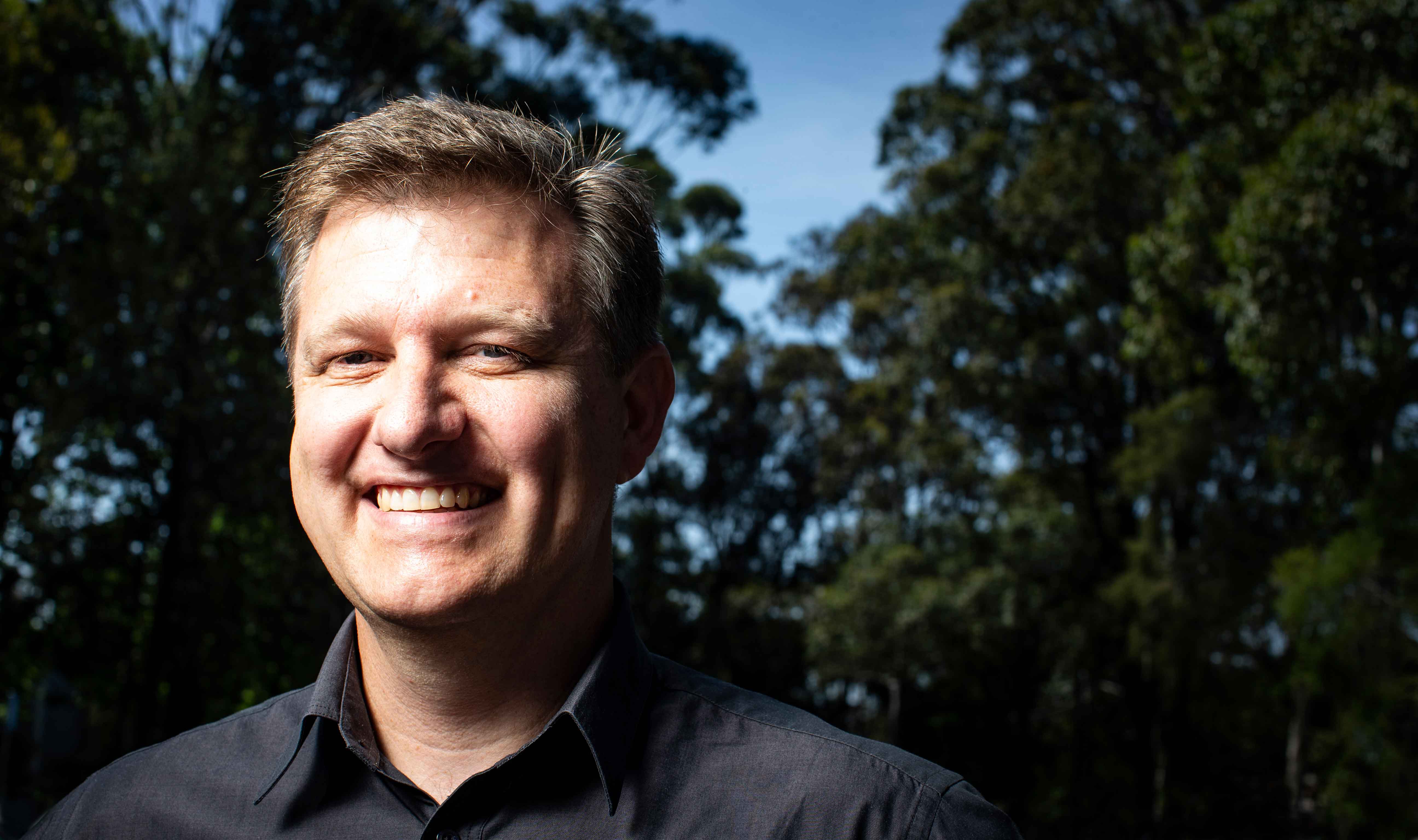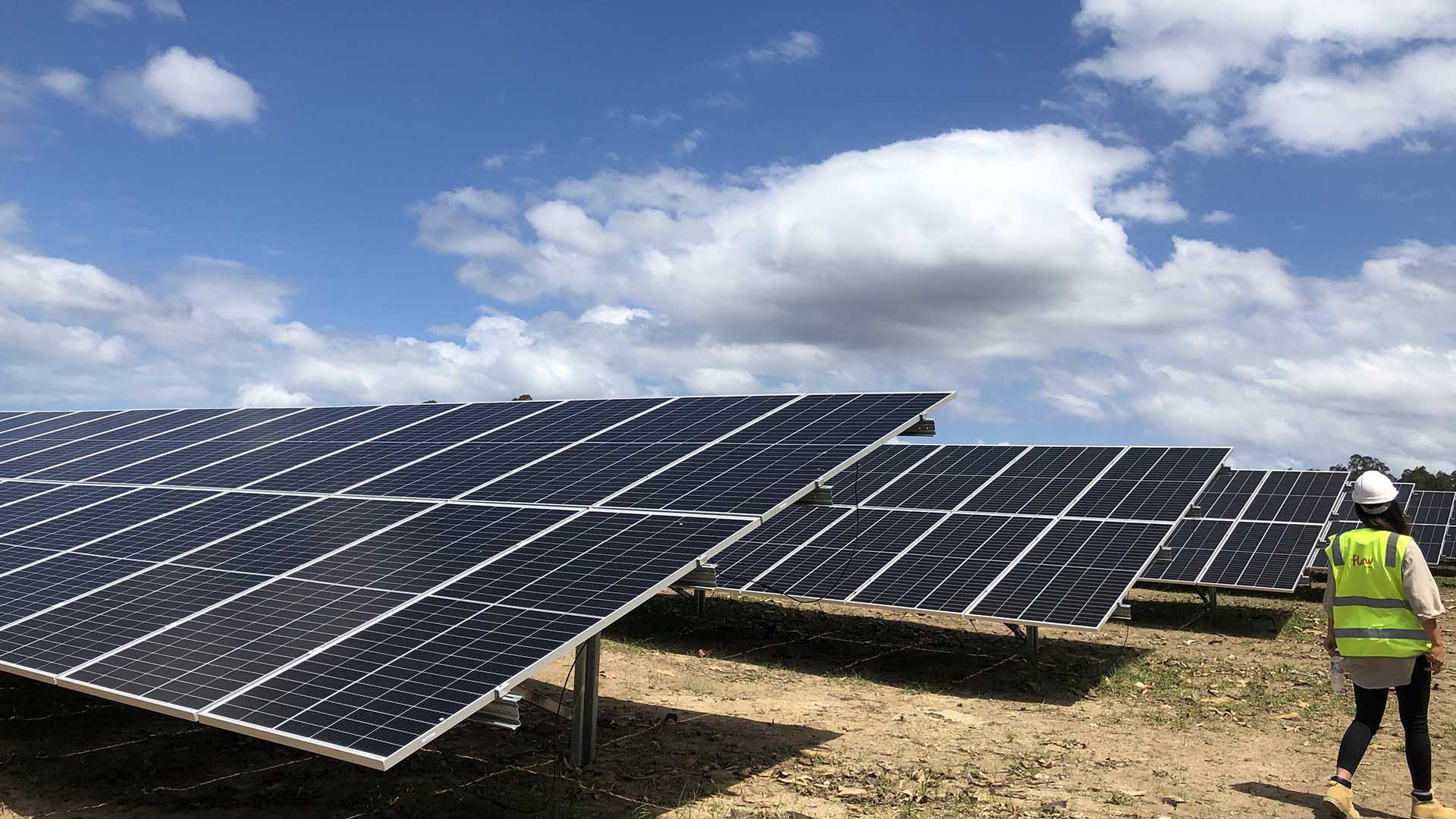January 6, 2023
UOW to develop new compliance assessment methods for renewable energy
Australian Power Quality & Reliability Centre to work with Government and industry partners on new framework to secure energy supply
The University of Wollongong’s (UOW) Australian Power Quality & Reliability Centre (APQRC), the Australian Renewable Energy Agency (ARENA) and 12 renewable energy partners will work to establish an industry accepted, technically robust and prescriptive methodology for harmonic emission compliance assessment, with the aim of lowering costs for renewable electricity.
ARENA has committed $1.04 million to the research, which will develop a new harmonic compliance assessment methodology that will be used as an interim best-practice guideline for voluntary use by participating industry stakeholders and form the basis to amend the Australian Standards.
UOW Vice-Chancellor and President Professor Patricia M. Davidson said UOW has a successful track record in energy-related research and infrastructure modelling.
“UOW provides distinctive capability through our holistic approach of energy-related research. Our evidence-based research will ensure well-informed policymaking that shifts toward efficient and sustainable energy transformation that is fair and just for all communities and regions.”
The project will utilise UOW’s research strengths in sustainable energy and will focus on the issues associated with the assessment of compliance of harmonic distortion emission allocations.
Harmonic distortion occurs when the typical waveform of the electricity supply changes shape, which can be caused by the inverters used to interface solar and wind farms with the broader electricity supply network.
If this distortion is severe it can cause problems for electrical equipment - from poor operation to, in extreme cases, catastrophic failure. For this reason, electricity network operators are required to limit harmonic distortion in electricity supply networks.
The primary mechanism for limiting harmonic distortion is to limit the amount of disturbance that a load or generator can contribute, known as emission allocation. Once an emission allocation has been made, it is up to the load or generator to prove that it can meet the allocation.
Present methods of proving emission allocation - compliance assessment - in Australia are highly complex and are not uniform across all regions. They are highly conservative and are based on methodologies that may not be technically robust.
These issues are increasing the costs related to connection of large renewable energy generators and ultimately the cost of electricity to consumers.
The team at APQRC, led by Associate Professor Duane Robinson will work to create a new method of compliance assessment that allow renewable energy suppliers easier, cheaper and more consistent access to supply to the national grid.
The project will include 12 energy sector partners including transmission and distribution network service providers, renewable energy developers and renewable energy equipment suppliers, to develop an industry ready, adoptable solution.
Associate Professor Robinson said: “We are extremely excited to be undertaking this project with the support of ARENA and our industry partners.

Pic: Project lead, Associate Professor Duane Robinson
“As an industry facing research centre, we expect the outcomes of this very practical work to provide clarity with respect to the methodologies for compliance assessment for harmonic distortion leading to less complex connection processes and even more renewable energy in our power system.”
The project will take place over 29 months, with the last 5 months dedicated to developing all relevant documentation to be used in the submission process to amend the Australian Standards and the National Electricity Rules.
